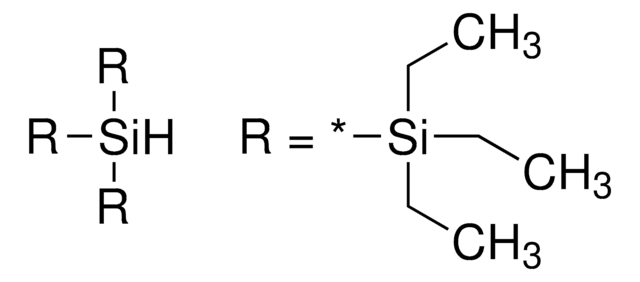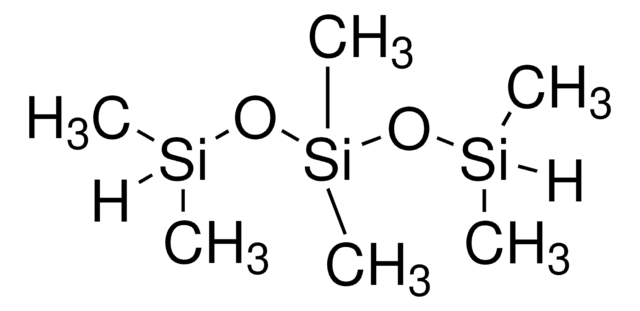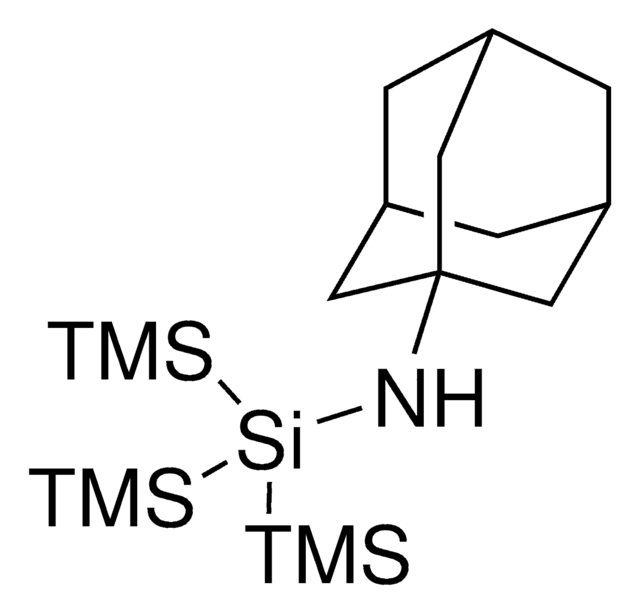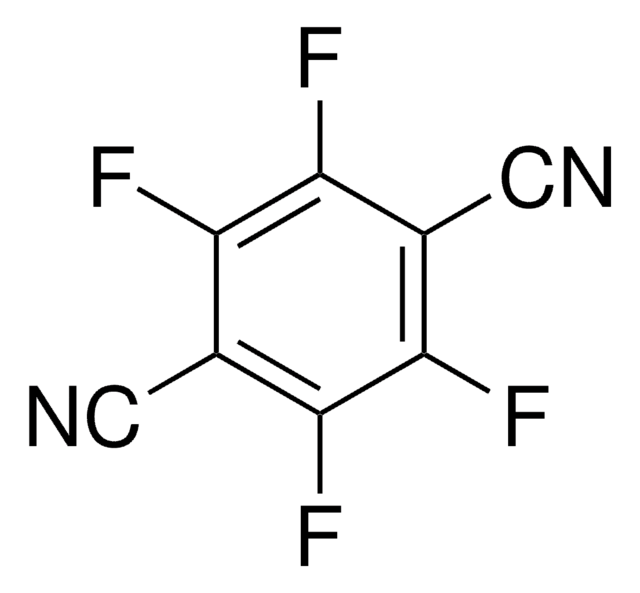370908
Tris(trimethylsiloxy)silane
≥98%
Synonym(s):
1,1,1,5,5,5-Hexamethyl-3-[(trimethylsilyl)oxy]trisiloxane
Sign Into View Organizational & Contract Pricing
All Photos(1)
About This Item
Linear Formula:
[(CH3)3SiO]3SiH
CAS Number:
Molecular Weight:
296.66
Beilstein:
1772735
EC Number:
MDL number:
UNSPSC Code:
12352103
PubChem Substance ID:
NACRES:
NA.22
Recommended Products
Assay
≥98%
form
liquid
refractive index
n20/D 1.386 (lit.)
bp
185 °C (lit.)
density
0.852 g/mL at 25 °C (lit.)
SMILES string
C[Si](C)(C)O[SiH](O[Si](C)(C)C)O[Si](C)(C)C
InChI
1S/C9H28O3Si4/c1-14(2,3)10-13(11-15(4,5)6)12-16(7,8)9/h13H,1-9H3
InChI key
FDWGGTLVZGTDGQ-UHFFFAOYSA-N
Looking for similar products? Visit Product Comparison Guide
Signal Word
Warning
Hazard Statements
Hazard Classifications
Flam. Liq. 3
Storage Class Code
3 - Flammable liquids
WGK
WGK 3
Flash Point(F)
131.0 °F - closed cup
Flash Point(C)
55 °C - closed cup
Personal Protective Equipment
dust mask type N95 (US), Eyeshields, Gloves
Choose from one of the most recent versions:
Already Own This Product?
Find documentation for the products that you have recently purchased in the Document Library.
Customers Also Viewed
Alyssa F Schneider et al.
Dalton transactions (Cambridge, England : 2003), 48(36), 13599-13606 (2019-08-29)
Improved methods to control silicone synthesis are required due to the sensitivity of siloxane bonds to acid/base-mediated chain redistribution/depolymerization. The Piers-Rubinsztajn reaction employs tris(pentafluorophenyl)borane as an efficient catalyst (<0.1 mol%) for siloxane bond formation from hydro- and alkoxysilanes - typical
Hermann Fromme et al.
Environment international, 85, 292-298 (2015-10-11)
Human biomonitoring is a valid method to determine exposure, identify time trends, and monitor the effects of restrictions and measures. To characterize the recent exposure of Germans to persistent or emerging substances, we analyzed 4 dechloranes, 33 polychlorinated naphthalenes (PCNs)
Our team of scientists has experience in all areas of research including Life Science, Material Science, Chemical Synthesis, Chromatography, Analytical and many others.
Contact Technical Service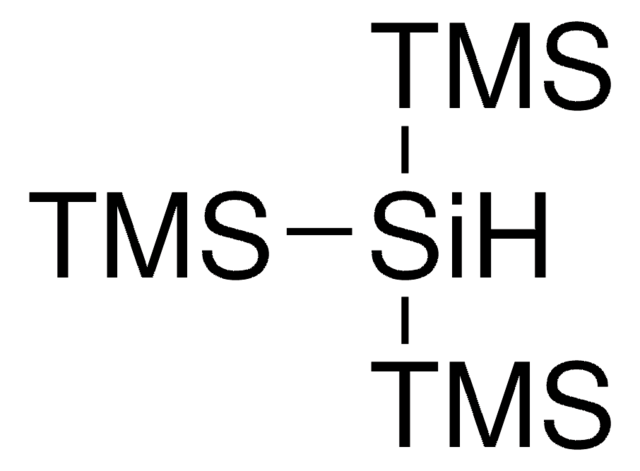
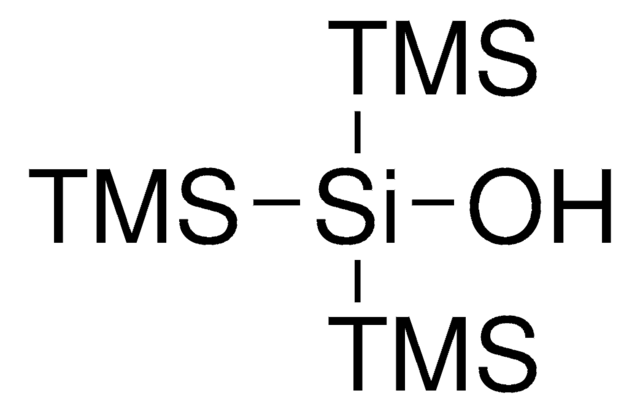
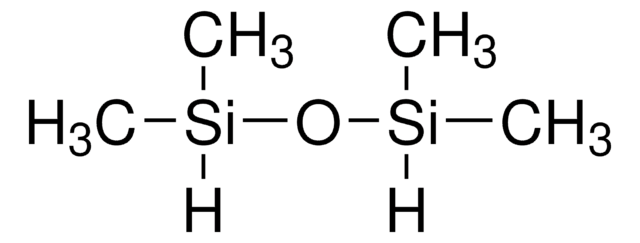

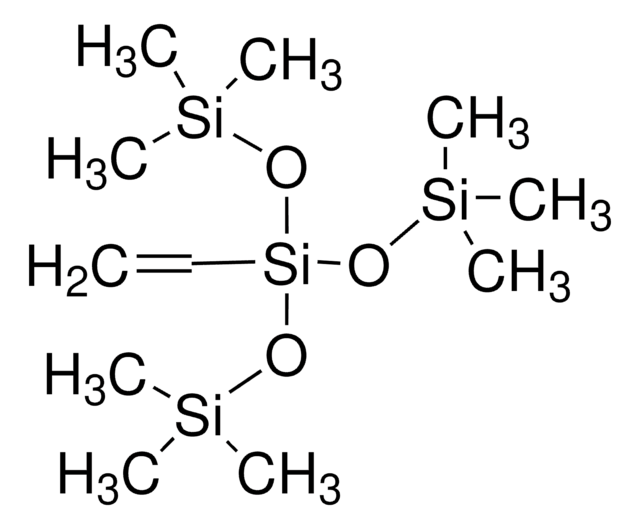
![3-[Tris(trimethylsiloxy)silyl]propyl methacrylate contains MEHQ + HQ as stabilizer, 98%](/deepweb/assets/sigmaaldrich/product/structures/148/664/33ff5116-f264-4a64-824a-009c2ca5b2b3/640/33ff5116-f264-4a64-824a-009c2ca5b2b3.png)
